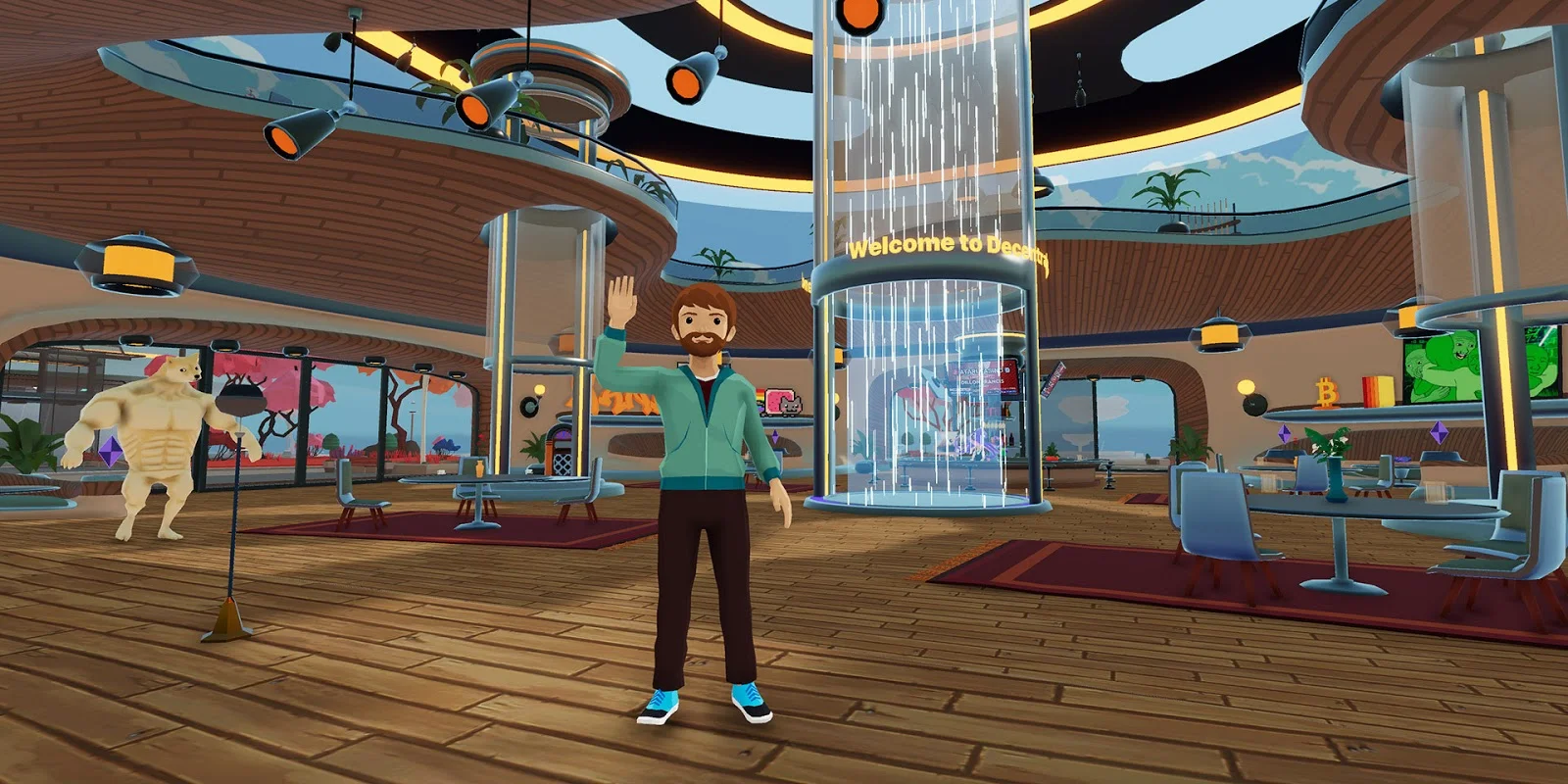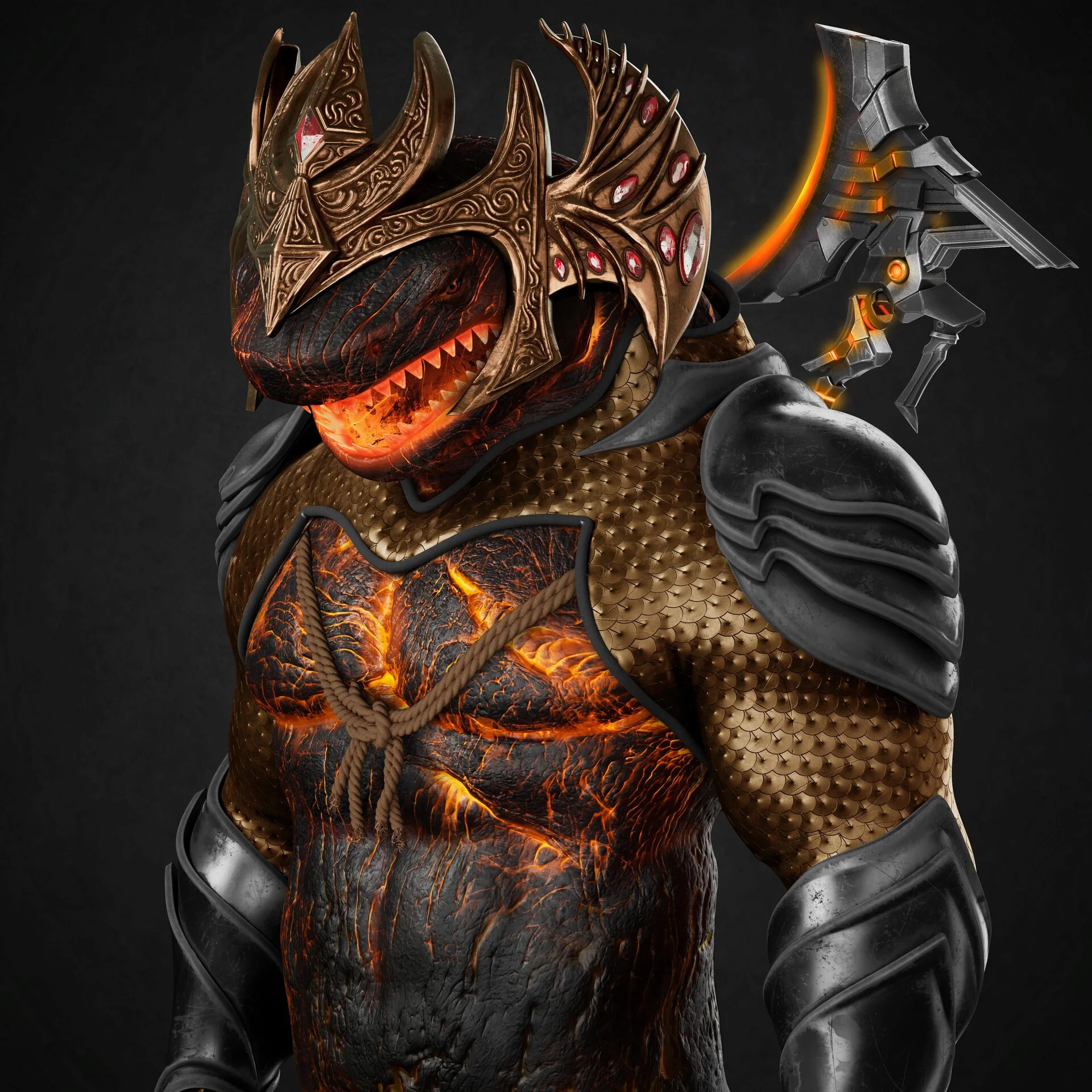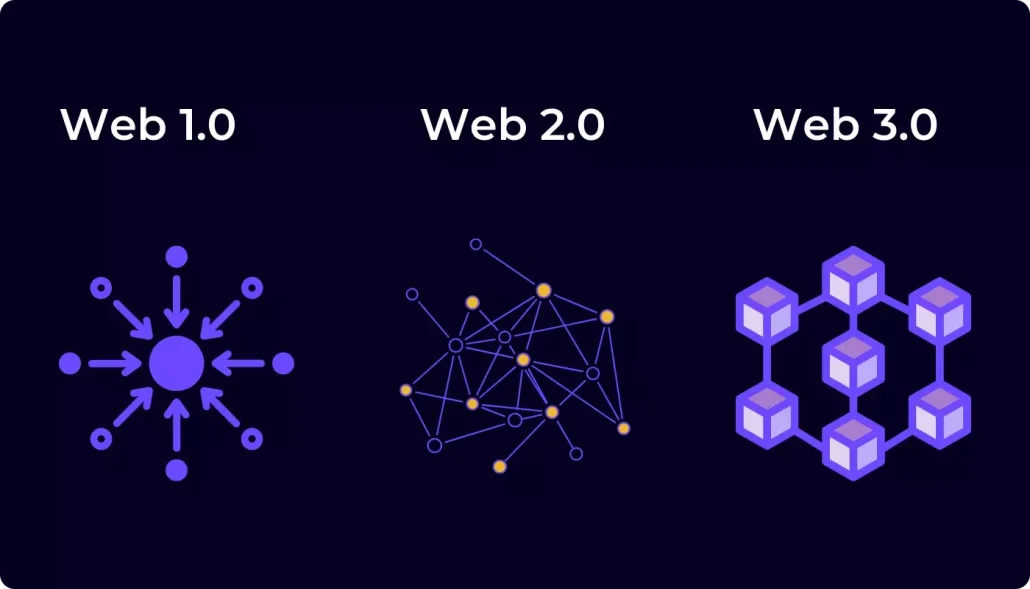In the ever-evolving landscape of technology, a new paradigm is emerging—Web3. As traditional web structures undergo a transformative shift towards decentralization, this groundbreaking concept is making waves across various industries. One sector that stands on the cusp of this digital revolution is gaming. Welcome to “Web3 Gaming Unveiled,” where we embark on a journey to understand the intricacies of Web3, explore its integration into the gaming sphere, and peer into the future, where decentralized play is poised to redefine the gaming experience. From the fundamentals of Web3 to the key features that distinguish Web3 games, we delve into the technologies driving this revolution and contemplate the vast possibilities that lie ahead.
Read Also: Exploring the Power of Blockchain Gaming|A Game-Changer for the Industry
What is Web3?
Web3 represents the next evolutionary phase of the internet, a paradigm shift that moves away from the centralized models dominating the current web architecture. In essence, Web3 is a decentralized and user-centric vision of the Internet that seeks to empower individuals, fostering greater control over their data, identity, and online interactions.
Unlike its predecessors, Web3 relies on blockchain technology, smart contracts, and decentralized protocols to create a more open, transparent, and trustless digital environment. Through the elimination of intermediaries, Web3 envisions a more inclusive and equitable Internet where users have ownership of their data and can seamlessly engage in peer-to-peer interactions, transcending the limitations of traditional web structures.
What Is Web3 Gaming?
Web3 gaming represents the convergence of blockchain technology and gaming, revolutionizing the way players interact with virtual worlds. Unlike traditional gaming models, Web3 gaming embraces decentralized principles, introducing concepts like non-fungible tokens (NFTs), decentralized finance (DeFi), and play-to-earn mechanics.
At its core, Web3 gaming offers players true ownership of in-game assets, allowing them to buy, sell, and trade items across different games and platforms. It transforms gaming economies by integrating blockchain to verify and authenticate in-game transactions, ensuring transparency and security. Web3 gaming is a paradigm where players become stakeholders, shaping the virtual realms they inhabit and contributing to the broader ecosystem’s growth.
How Does Web3 Gaming Work?
Web3 gaming operates on a decentralized infrastructure powered by blockchain technology. In this decentralized ecosystem, smart contracts are employed to govern various aspects of the gaming experience. Ownership of in-game assets is facilitated through NFTs, unique tokens representing digital items that users can trade securely on blockchain marketplaces.
The integration of cryptocurrency enables seamless, borderless transactions, providing a universal currency for in-game purchases and trade. Decentralized autonomous organizations (DAOs) may govern the governance and development aspects, allowing the gaming community to participate in decision-making processes.
Additionally, play-to-earn models, enabled by blockchain, allow players to earn real-world value for their in-game achievements. Web3 gaming thus transforms the traditional gaming landscape into a decentralized, player-centric ecosystem where ownership, transparency, and community participation are at the forefront of the gaming experience.
Features of Web3 in Gaming
Web3 introduces a myriad of features that transform the gaming experience, ushering in a new era of decentralization, ownership, and community engagement. One of the central features is the integration of non-fungible tokens (NFTs). NFTs enable true ownership of in-game assets, making virtual items unique, scarce, and tradable across different games and platforms. This revolutionary concept allows players to monetize their gaming investments. NFTs carry real-world value and can be bought, sold, or even used in various applications beyond the original game.
Decentralized finance (DeFi) principles also play a crucial role in Web3 gaming. Smart contracts, powered by blockchain, automate financial transactions within the gaming ecosystem. This includes aspects like in-game purchases, reward distribution, and even decentralized governance models. By eliminating the need for intermediaries, DeFi enhances transparency, security, and trust, giving players greater control over their financial interactions within the gaming environment.


Another notable feature is the play-to-earn model. Web3 gaming turns players into stakeholders by allowing them to earn tangible rewards for their in-game achievements. This shifts the traditional gaming paradigm, where time and skill investment can translate into real-world value. Play-to-earn introduces a dynamic economic element, fostering a more sustainable and engaging gaming ecosystem.
Community-driven governance is a hallmark feature of Web3 gaming. Decentralized autonomous organizations (DAOs) empower the gaming community to participate in decision-making processes actively. Players can propose and vote on changes, features, and even the direction of the game’s development. This democratic approach creates a sense of ownership, fostering a closer bond between developers and players.
Key Features of Web3 Games
Web3 games leverage the features of blockchain technology to offer players a range of unique and compelling elements that set them apart from traditional gaming experiences. Here are some of them:
- Verifiable Scarcity and Ownership:
- Each in-game asset is represented as a non-fungible token (NFT).
- NFTs ensure the uniqueness and rarity of in-game items.
- Players can independently verify ownership on the blockchain, fostering a genuine sense of possession and value.
- Interoperability:
- Web3 games enable seamless interoperability between different games and platforms.
- Players can use their assets across various virtual environments.
- This breaks down the silos of traditional gaming ecosystems, creating a connected experience as assets can be carried from one game to another.
- Transparent and Tamper-Proof Ledgers:
- Blockchain technology introduces transparent and tamper-proof ledgers for in-game economies.
- Every transaction, including asset purchases and reward distribution, is recorded on the blockchain.
- This transparency ensures a fair and auditable gaming environment, mitigating issues like cheating or fraud.
- Decentralized Governance:
- Decentralized Autonomous Organizations (DAOs) guide decision-making processes.
- Players have a direct say in the game’s development and evolution.
- Community-driven governance fosters a collaborative relationship between developers and players, aligning the game’s direction with the desires of its community.
- Play-to-Earn Model:
- Players can earn cryptocurrency or other valuable assets through in-game activities.
- This introduces an economic incentive, transforming gaming from a leisure activity to a potential source of income.
- Players become active contributors to the game’s ecosystem, no longer just consumers but essential participants in its growth and sustainability.


Technologies Needed to Make Web3 in Gaming a Reality
Several foundational technologies make Web3 in gaming a reality, driving the decentralization, security, and functionality of these innovative experiences. Blockchain technology serves as the backbone, providing a decentralized and tamper-resistant ledger for in-game assets, transactions, and governance. Smart contracts, self-executing contracts with the terms of the agreement directly written into code, automate various processes within the gaming ecosystem, ensuring transparent and trustless execution.
The use of non-fungible tokens (NFTs) is paramount for establishing true ownership and scarcity of in-game assets. NFTs are unique digital tokens that represent specific items, characters, or elements within the game. They enable players to have provable ownership and the ability to trade these assets on blockchain marketplaces.
Decentralized finance (DeFi) protocols play a critical role in facilitating financial transactions within Web3 games. Smart contracts governed by DeFi principles automate the distribution of rewards, in-game purchases, and other financial interactions. This eliminates the need for centralized intermediaries, enhancing security and transparency.
To achieve community-driven governance, decentralized autonomous organizations (DAOs) are implemented. DAOs are entities represented by rules encoded as a computer program that is transparent, controlled by the organization members, and not influenced by a central government. They enable players to actively participate in decision-making processes, providing a democratic framework for shaping the game’s future.
Integration with cryptocurrency is a fundamental technology for play-to-earn models. Cryptocurrencies, such as Ethereum or custom tokens created for a specific game, serve as the medium of exchange within the gaming ecosystem. This introduces real-world value to in-game achievements, fostering economic incentives for players.
Read Also: Exploring NFT Art Design | Crafting Digital Masterpieces
Future of Web3 Gaming
The future of Web3 gaming holds the promise of pushing the boundaries of immersive and player-centric experiences. As technological advancements continue to unfold, we anticipate a landscape where virtual worlds become even more interconnected and interactive. The integration of augmented reality (AR) and virtual reality (VR) technologies could elevate Web3 gaming into an unprecedented realm of sensory richness, blurring the lines between the digital and physical worlds.
Additionally, the evolution of blockchain and smart contract technologies may lead to more sophisticated in-game economies, offering players deeper and more meaningful economic opportunities. The concept of decentralized gaming universes, where players have true ownership not only of in-game assets but also of aspects of the game’s narrative and development, may become a reality. Collaborative storytelling, dynamic player-driven content creation, and innovative economic structures are poised to shape the future of Web3 gaming, inviting players into a participatory and evolving digital ecosystem.
Conclusion
In conclusion, Web3 gaming represents a paradigm shift that transcends traditional gaming boundaries. The incorporation of blockchain technology, NFTs, decentralized governance, and play-to-earn models introduces a new era where players are no longer mere participants but integral contributors to the gaming experience. The verifiable scarcity and ownership, interoperability, transparent ledgers, and player-driven governance redefine how we perceive virtual worlds.
As we gaze into the future, the potential for Web3 gaming to further intertwine with emerging technologies and embrace a more inclusive and participatory approach is both exciting and transformative. The journey into Web3 gaming is not just about playing games; it’s about co-creating, owning, and evolving digital realms in ways that were previously unimaginable. As the Web3 gaming landscape continues to evolve, the boundaries between reality and the virtual are becoming increasingly blurred, creating a dynamic and ever-expanding playground for the next generation of gamers.


